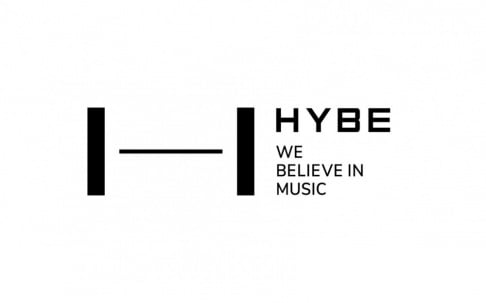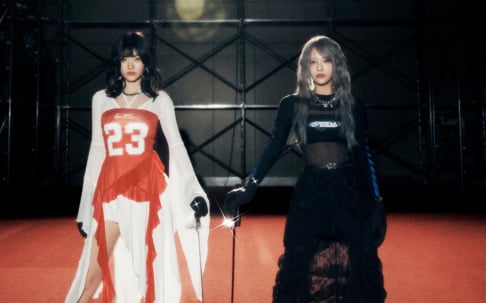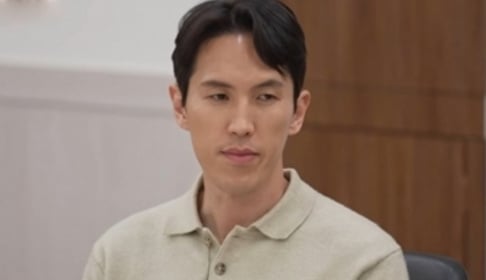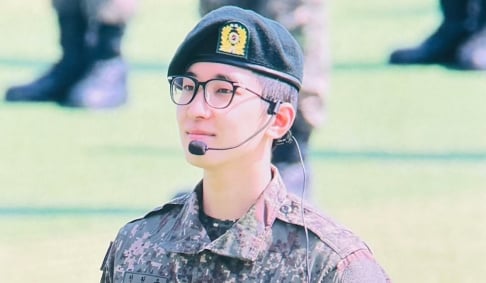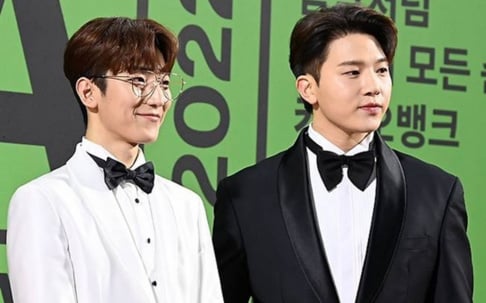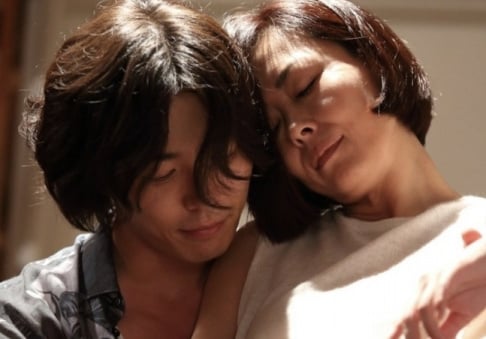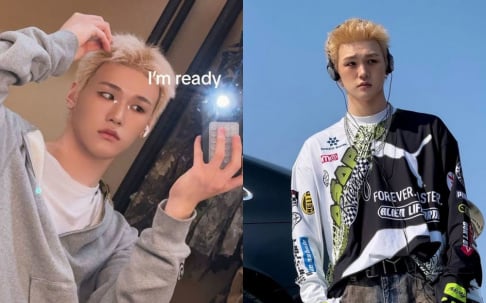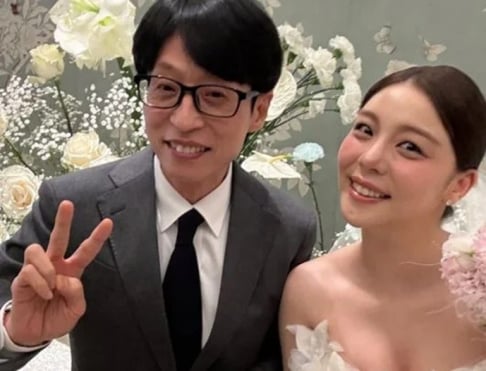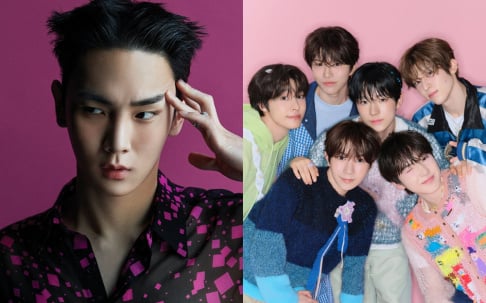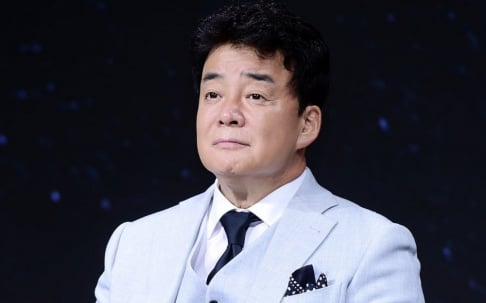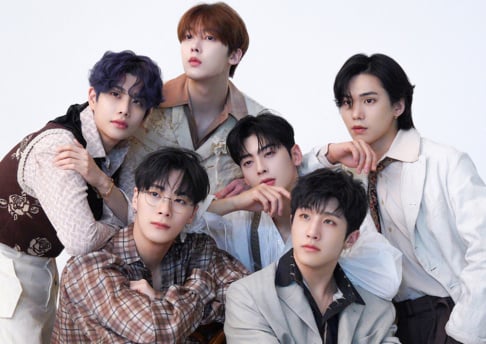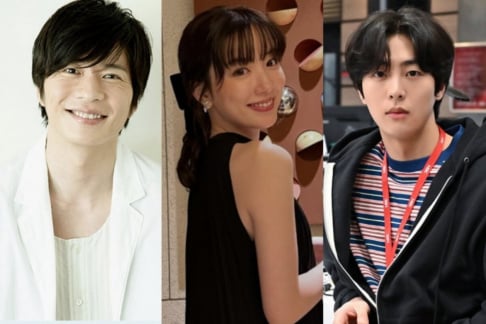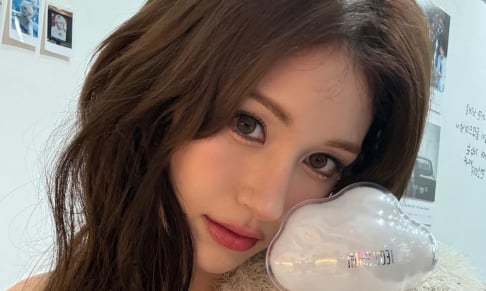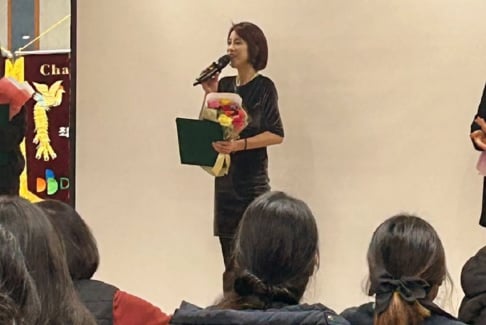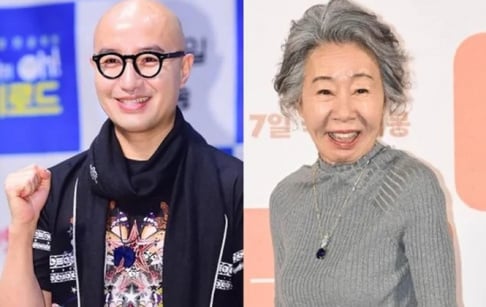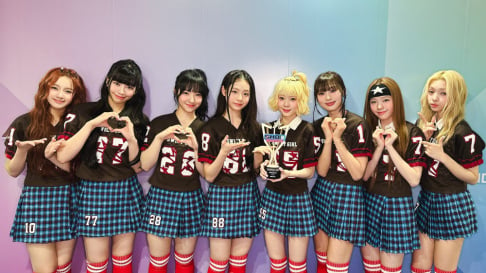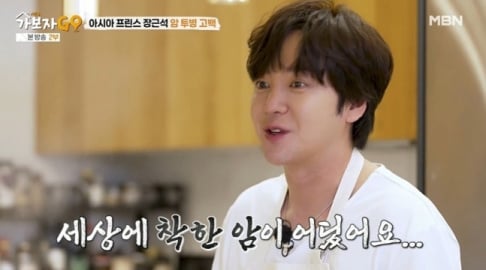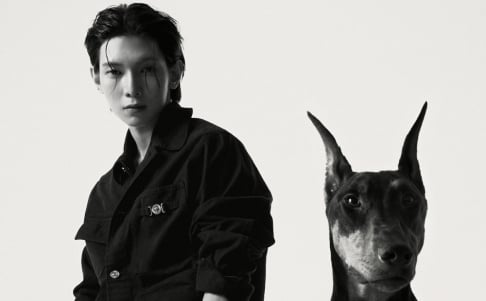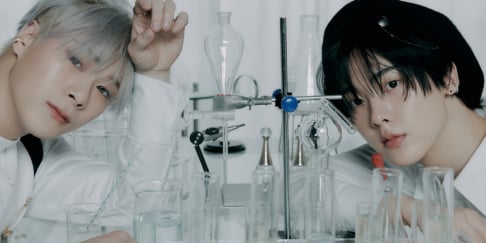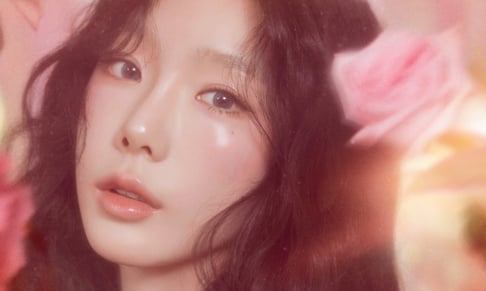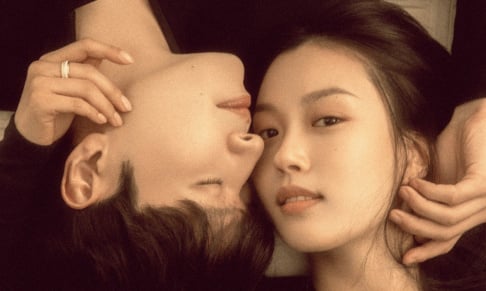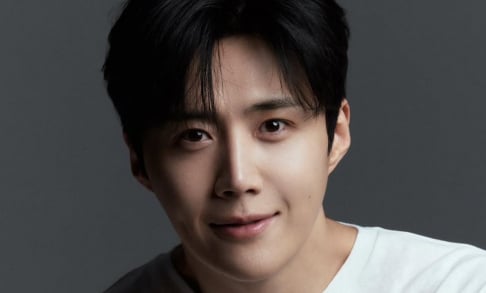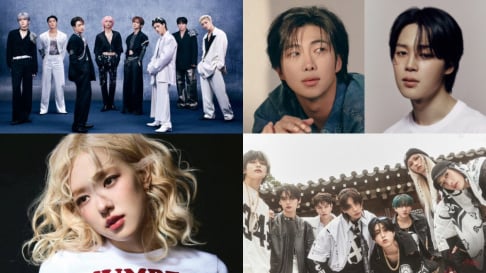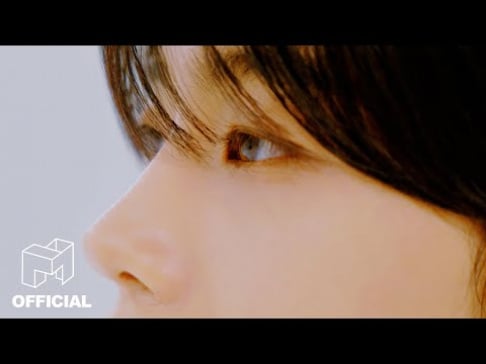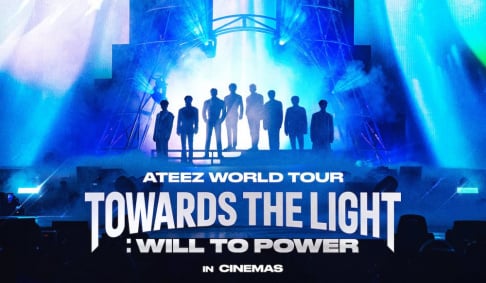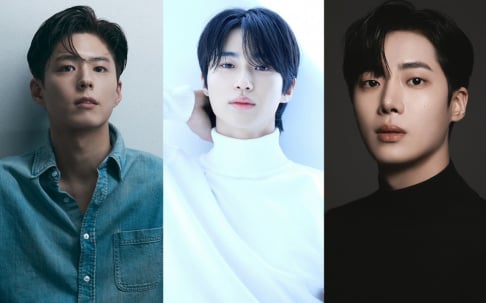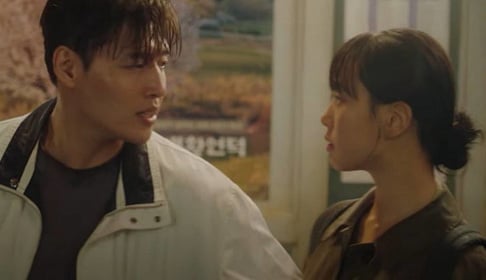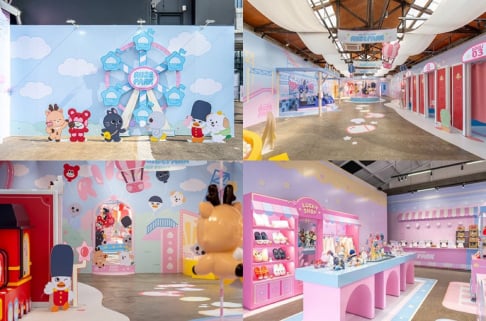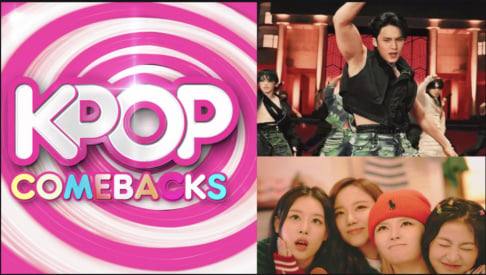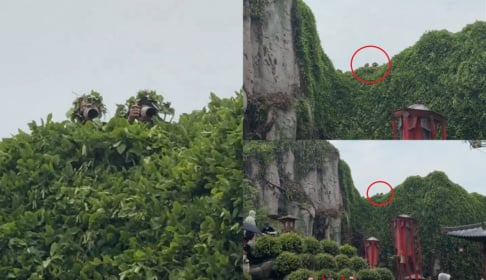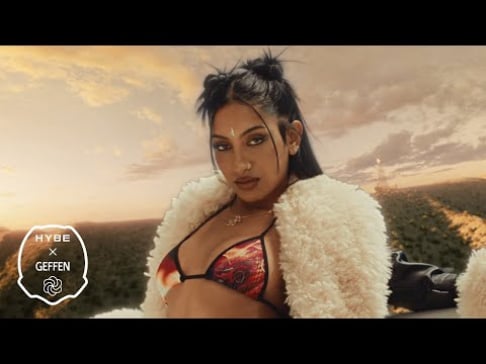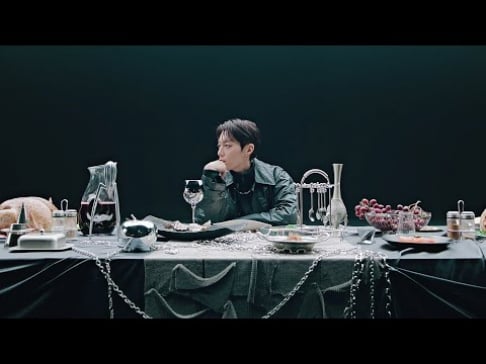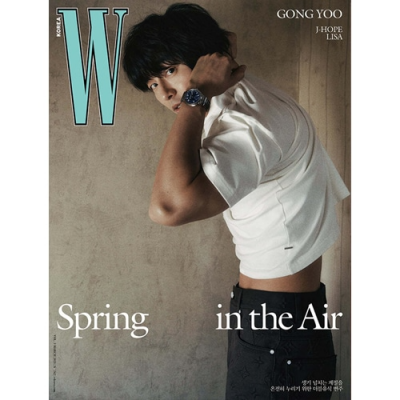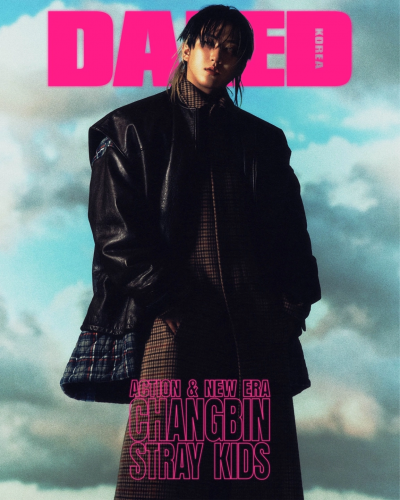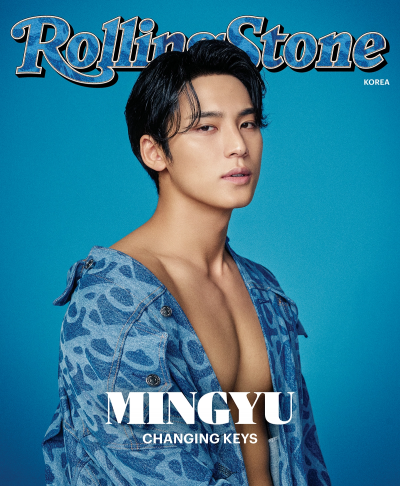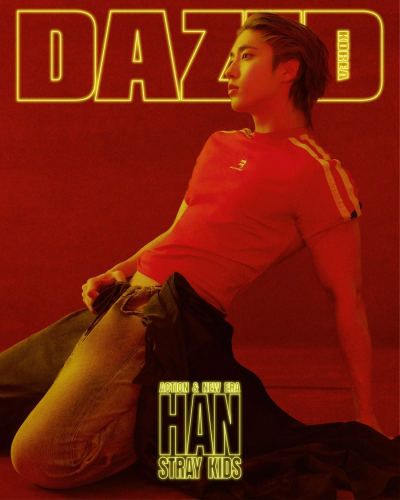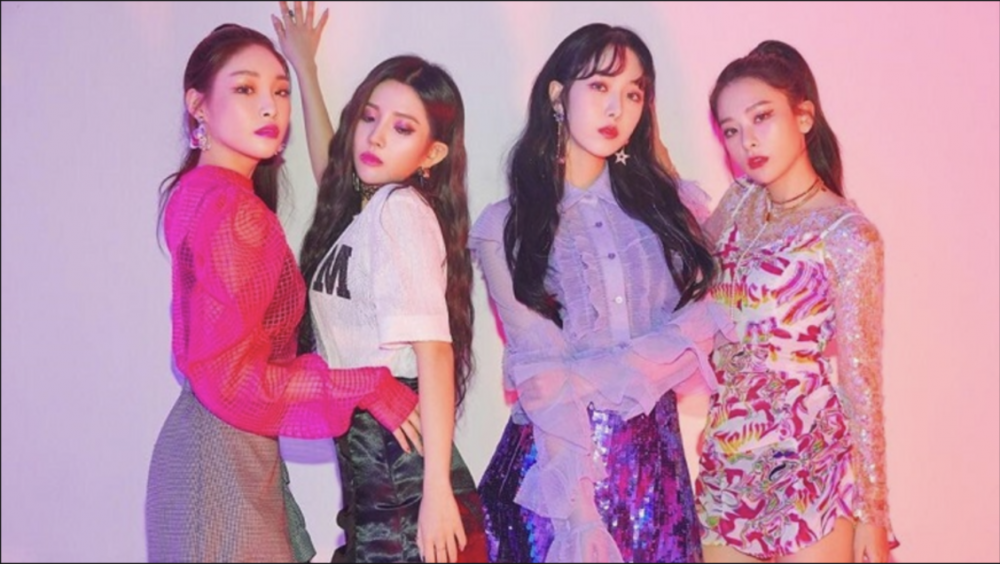
Second-generation K-pop fans are buzzing with excitement as this year has proven to be a golden era of reunions and comebacks! One recent moment in particular caught everyone's attention, reminding us why cross-group interactions are so special. During Mnet's 'M Countdown,' legendary second-generation group INFINITE reunited briefly with SHINee's Key, who appeared as a special MC.
Fans immediately recognized the significance of this short but heartwarming reunion: INFINITE's Woohyun and SHINee's Key aren't just peers—they're famously close friends who debuted together in 2014 as the beloved duo, ToHeart. Seeing the two friends interact warmly on stage had fans nostalgically longing for a ToHeart comeback.
This joyful moment sparked a deeper question: why don’t we see more K-pop crossovers between different groups nowadays? After all, collaborations used to be a cherished part of K-pop culture, creating memorable hits and unique friendships across fandoms.
One of the most recent notable cross-group collaborations was SM Entertainment’s 'Station X 0,' featuring Red Velvet’s Seulgi, GFriend’s SinB, solo artist Kim Chung Ha, and (G)I-DLE’s Soyeon. Though the track was fantastic, it remained surprisingly underrated.
Looking back further, K-pop history boasts iconic collaborations, from SM Town’s company-wide classics to the unforgettable crossover hit 'TTL' by T-ara and Supernova. These projects didn't just showcase different styles—they gave idols opportunities to explore new concepts, fashion trends, and friendships beyond their usual group dynamics.
But why have these collaborations become so rare among fourth and fifth-generation idol groups? One reason could be increased scrutiny and the potential risks involved. With fandom dynamics growing more complex and intense, interactions between idols from different agencies or groups might attract criticism or unwanted speculation, possibly affecting their careers.
Yet, despite potential risks, many fans argue that crossover projects could be a breath of fresh air. They bring out creativity, excitement, and a genuine sense of fun for both idols and fans alike. Plus, crossovers are a wonderful way to celebrate friendships in a creative, musical context.
Maybe it's time to bring crossovers back into the spotlight. They're not just enjoyable—they’re a reminder of the camaraderie and creativity at the heart of K-pop.
If you could choose, which K-pop idols or groups would you love to see collaborate in a future crossover?
SEE ALSO: Seventeen's Wonwoo spotted representing the new recruits at his basic training completion ceremony
 SHARE
SHARE
